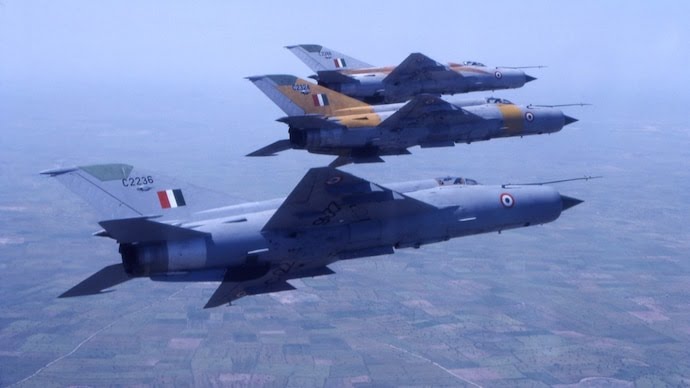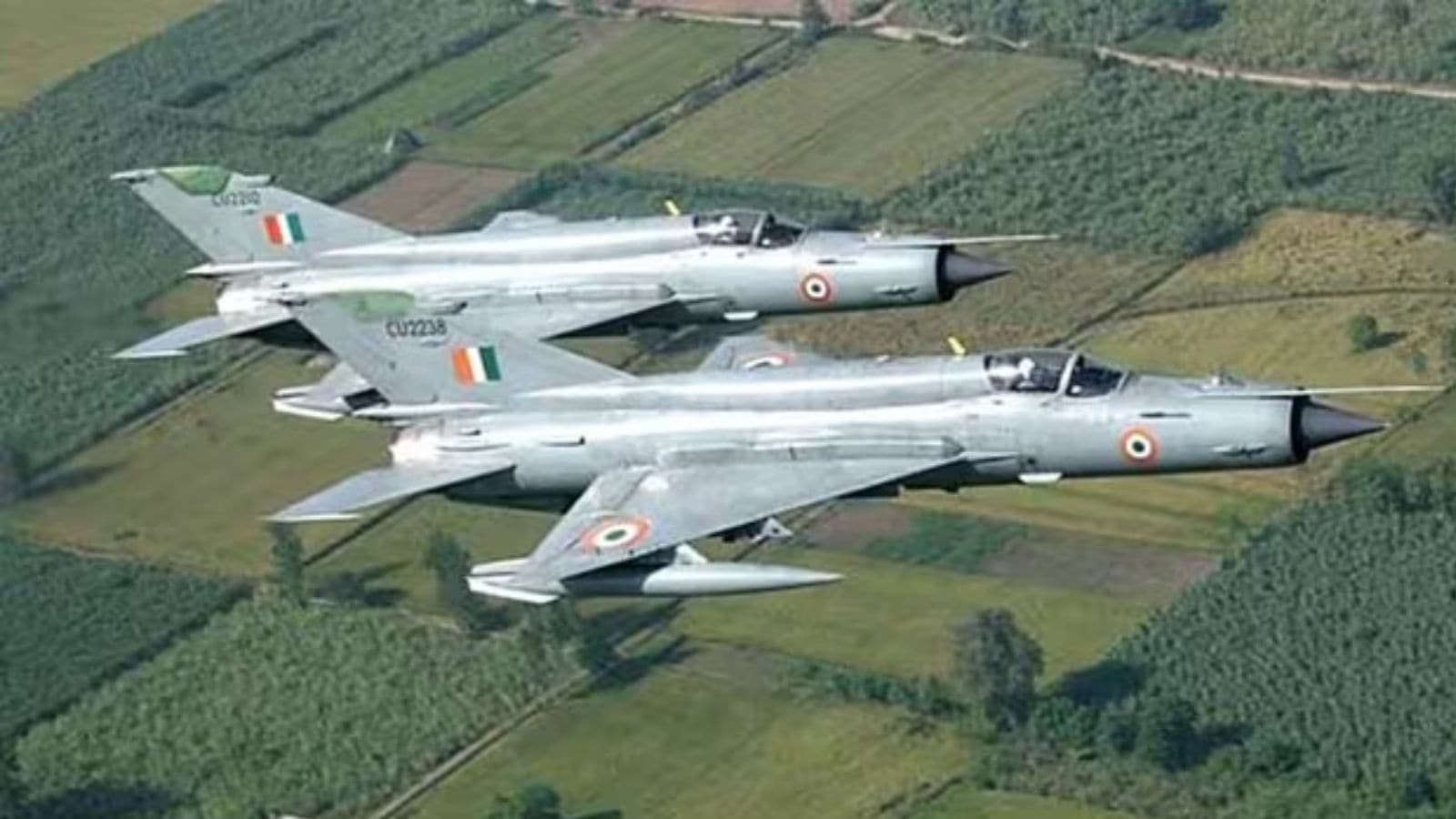India bid an emotional farewell to the iconic MiG-21 fighter jet, which officially retired after serving the Indian Air Force (IAF) for an extraordinary 62 years.
Nicknamed the “flying coffin” by critics for its long history of accidents but also celebrated as a workhorse of the IAF, the MiG-21 has been both a symbol of pride and controversy. Inducted in 1963, the Soviet-designed aircraft became India’s first supersonic jet and played a defining role in shaping the country’s air power during the Cold War era.
Over the decades, the MiG-21 participated in every major conflict involving India. It proved its mettle in the 1965 and 1971 wars, with IAF pilots using the nimble jet to challenge more advanced enemy aircraft. In the Kargil conflict of 1999, the MiG-21 once again saw combat, underscoring its longevity and adaptability.
For generations of IAF pilots, flying the MiG-21 was considered a rite of passage. Its raw power, speed, and demanding controls earned respect as well as fear. While newer fighters like the Sukhoi-30MKI, Rafale, and Tejas have since taken center stage, the MiG-21’s contribution to India’s defense remains unparalleled.
In recent years, however, safety concerns accelerated calls for its retirement. A series of crashes highlighted the risks of keeping the aging jets operational, sparking debate over delays in modernizing the fleet. Despite these concerns, veterans continue to salute the aircraft for what it gave to India’s defense capability at a time when the nation was still building its air force strength.
At the retirement ceremony, IAF officers paid homage to the MiG-21 with a final flypast. Many described it as the “end of an era” and a moment of mixed emotions — pride for its service and relief that its legacy now rests in history.
The MiG-21 leaves behind a complex but undeniable legacy: one of courage, sacrifice, and six decades of defending India’s skies.


